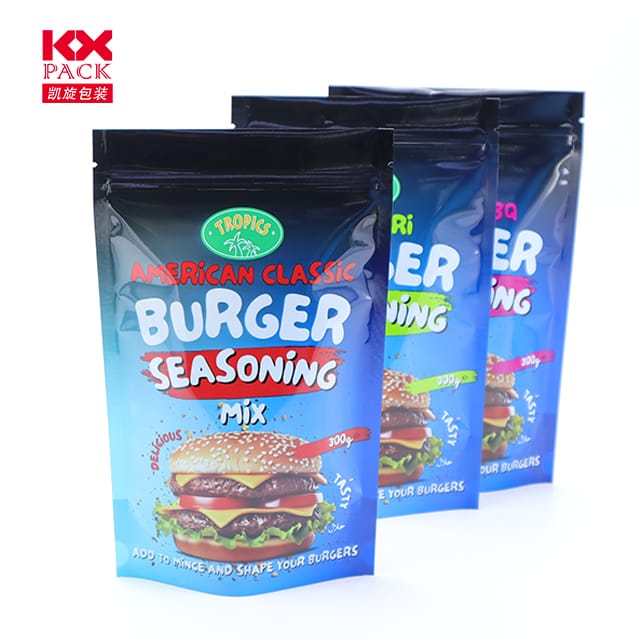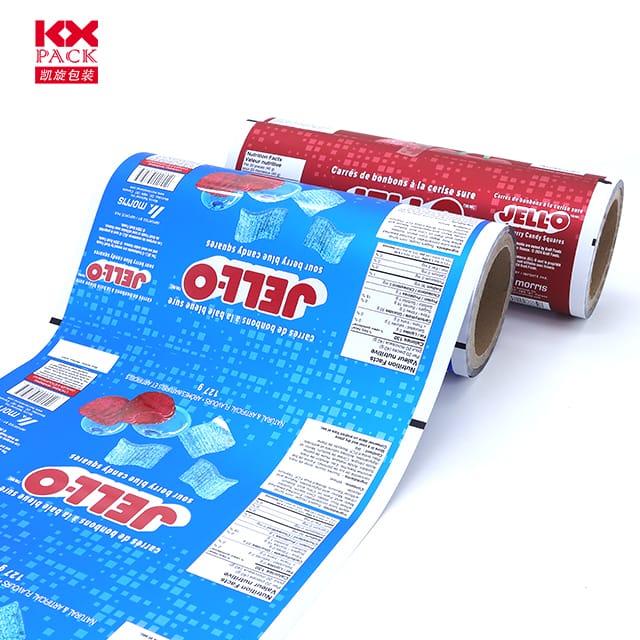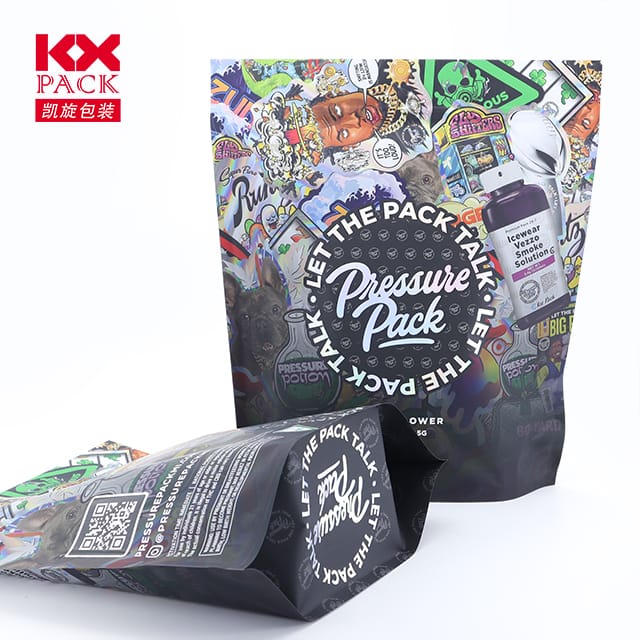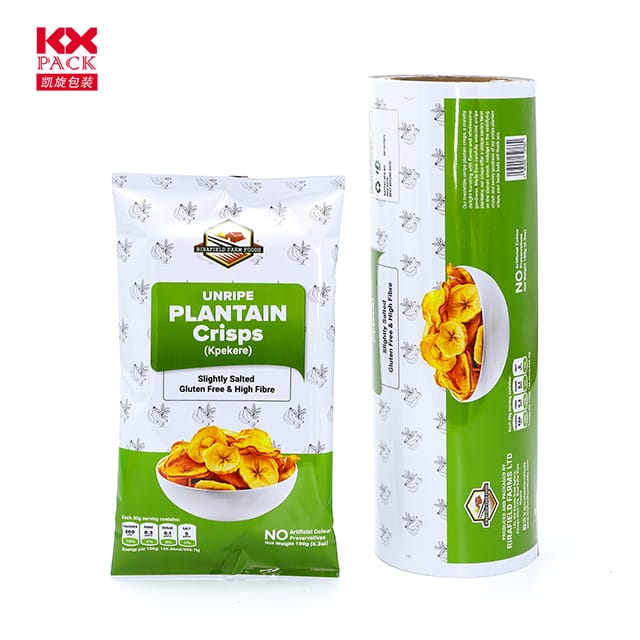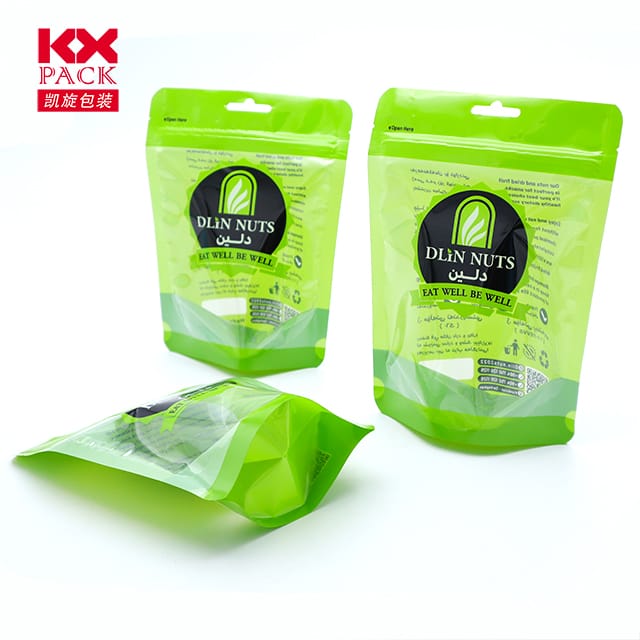The Role and Future of Plastic Packaging Film: Balancing Utility and Sustainability(2)
پلاسٹک پیکیجنگ فلم
تعارف
In a world where convenience and preservation are paramount, plastic packaging film has become an ubiquitous presence. تازہ پیداوار سے لے کر الیکٹرانکس تک, this versatile material safeguards goods, extends shelf life, and streamlines supply chains. پھر بھی, its environmental impact has sparked global debates. This article explores the multifaceted role of plastic packaging film, اس کی درخواستیں, چیلنجز, and the path toward sustainability.
1. The Versatility of Plastic Packaging Film
Plastic films are engineered for diverse purposes, ان کی موافقت کا شکریہ:
- Types of Films:
- PE (پولی تھیلین): Flexible, ہلکا پھلکا, and ideal for food packaging.
- پی پی (پولی پروپیلین): Heat-resistant, used for microwave-safe containers.
- پیویسی (پولی وینائل کلورائد): Durable and shrink-wrap capable.
- پی ای ٹی (پالئیےسٹر): Strong and transparent, often used for beverages and electronics.
- بائیوڈیگریڈیبل فلمیں: Made from PLA, پی ایچ اے, or starch-based materials.
- درخواستیں:
- کھانے کا تحفظ: Seals freshness, prevents contamination.
- Medical Supplies: Sterile packaging for surgical tools.
- E-Commerce: Protective wraps for fragile items during shipping.
- زراعت: Mulch films to enhance crop growth.
2. The Double-Edged Sword: Benefits vs. ماحولیاتی خدشات
Pros:
- لاگت سے موثر: Affordable production and lightweight transportation.
- Barrier Protection: Blocks moisture, آکسیجن, and UV light.
- استرتا: Adaptable to various shapes, sizes, and products.
Cons:
- Pollution: Contributes to landfills and ocean plastic waste.
- Non-Biodegradability: Traditional plastics take centuries to decompose.
- مائکروپلاسٹکس: Break down into tiny particles, entering ecosystems and food chains.
3. Innovations in Sustainable Packaging
The industry is responding to environmental pressures with cutting-edge solutions:
- Biodegradable Alternatives:
- pla (Polylactic Acid): Derived from corn starch or sugarcane.
- پی ایچ اے (Polyhydroxyalkanoates): Naturally produced by microbes.
- Seaweed-Based Films: Edible and compostable.
- Circular Economy Models:
- کیمیائی ری سائیکلنگ: Breaking down plastics into raw materials.
- Recycling Technologies: Advanced sorting systems to improve recovery rates.
- Design Innovations:
- مونوومیٹریل فلمیں: Easier to recycle (جیسے, 100% PE).
- Minimalist Packaging: Reducing material use without compromising protection.
4. The Role of Stakeholders
Transitioning to sustainable practices requires collaboration:
- Brands: Invest in eco-friendly materials and transparent labeling.
- Consumers: Choose reusable options and support brands prioritizing sustainability.
- Governments: Enforce extended producer responsibility (EPR) laws and ban single-use plastics.
- Innovators: Develop scalable, cost-effective alternatives to conventional plastics.
5. Looking Ahead: A Future Without Waste
The journey toward sustainable plastic packaging is underway, but challenges remain. Key priorities include:
- Infrastructure Development: Expanding recycling facilities globally.
- تعلیم: Raising awareness about proper disposal and reduction.
- Policy Advocacy: Incentivizing green technologies and penalizing pollution.
نتیجہ
Plastic packaging film is a cornerstone of modern logistics, but its environmental toll demands urgent action. By embracing biodegradable materials, circular systems, and collaborative innovation, we can protect both products and the planet. The future of packaging lies not in eradication, but in responsible evolution—where utility and sustainability coexist.
💡حتمی سوچ: Every choice matters. The next time you unwrap a product, consider the story behind its packaging. Let’s strive for a world where plastic film is a tool for good, not a burden on Earth.

